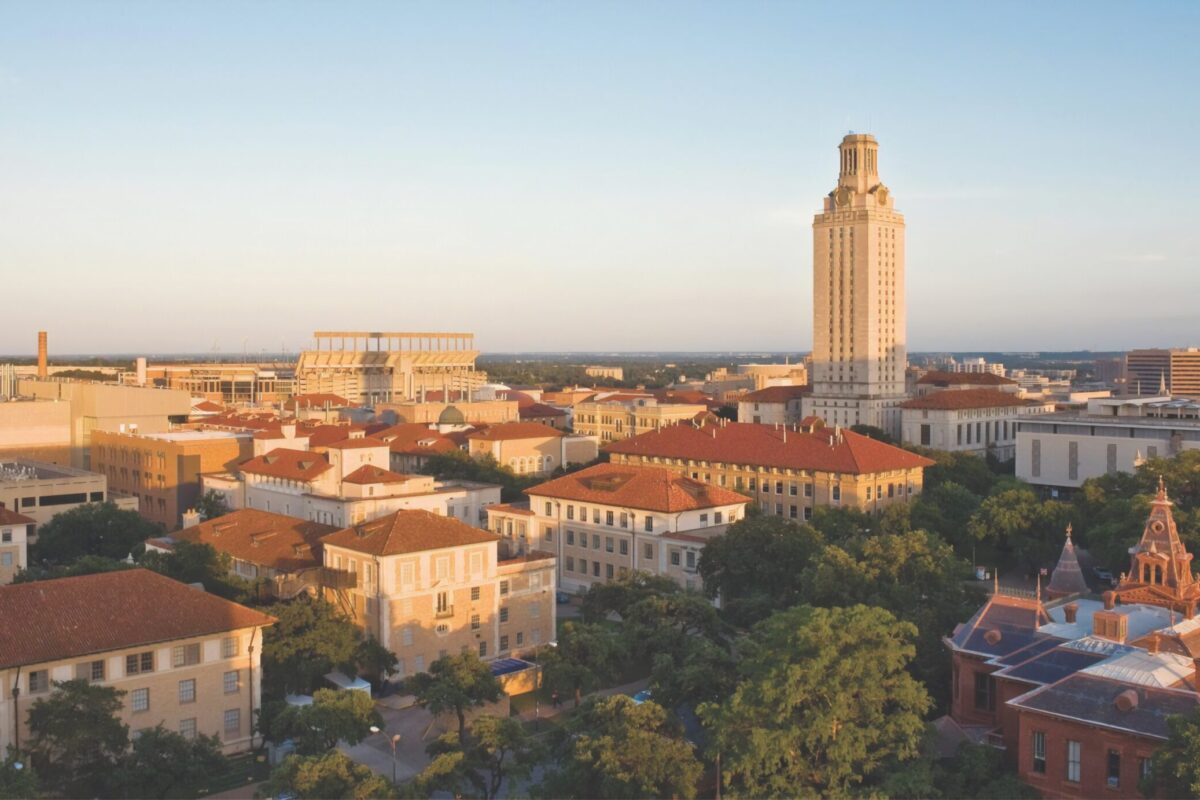New Research Advances Fight Against Human Metapneumovirus
Human metapneumovirus (hMPV), a virus that infects the upper and lower respiratory systems—leading to bronchitis and pneumonia in some patients—could soon meet its medical match. A scientific team in Texas, in collaboration with biotech companies, has made recent breakthroughs in understanding the virus, and their efforts could lead to everything from the first-ever vaccines against hMPV to new, highly effective therapeutics.

























